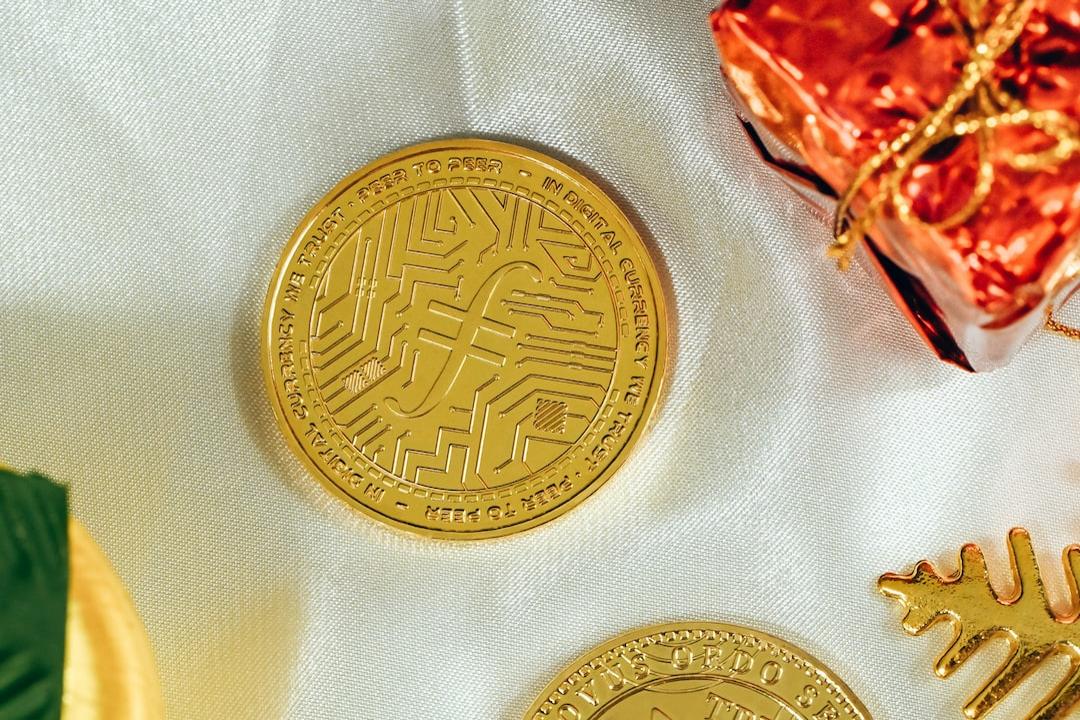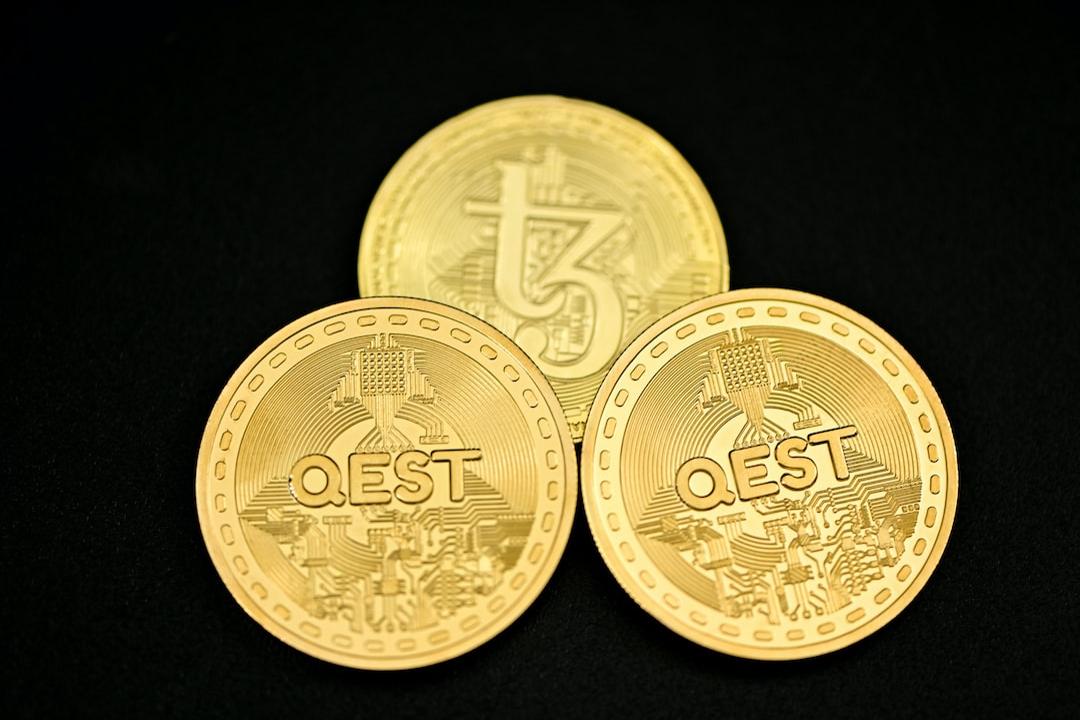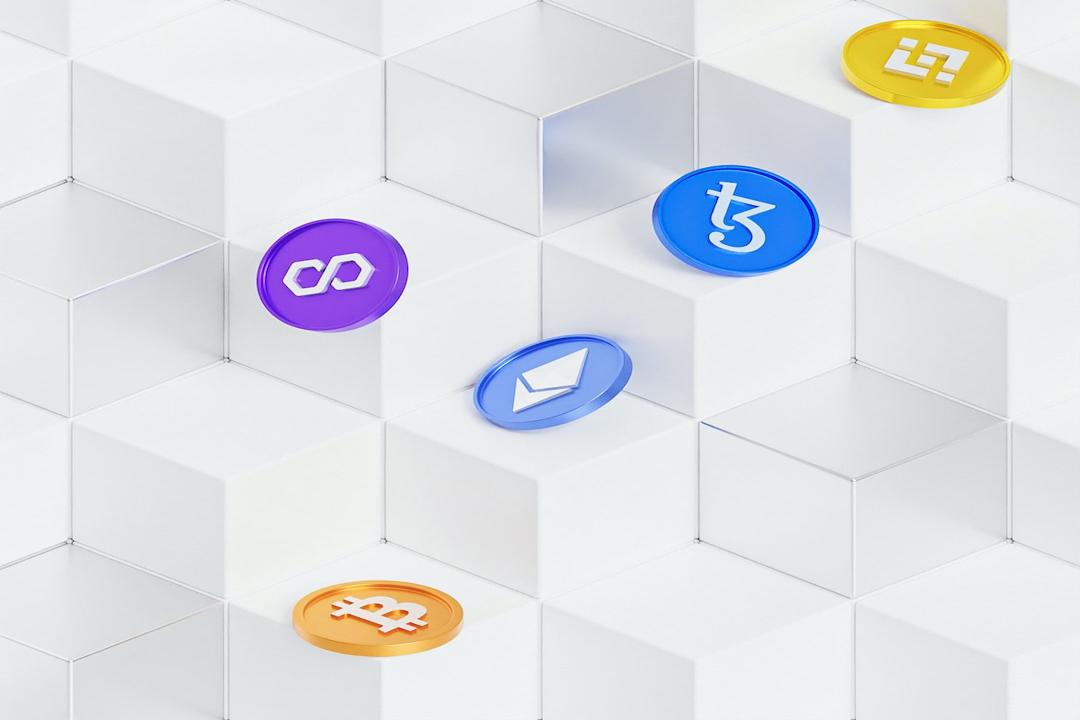As Generative AI Rewrites Everything, Will It Bring About a More Open Internet or Build a Maze of Paywalls?
Blockchain offers another possibility: a decentralized architecture that creates an AI world owned by users. The well-known venture capital firm a16z (Andreessen Horowitz) has conducted an in-depth exploration of 11 intersection points between AI and Crypto, signaling a profound restructuring of the internet economy and digital sovereignty.
Who will control AI in the future — big, centralized companies, or communities of users?
Blockchains can counterbalance many of the centralizing forces we’re already seeing in AI. Together these trends enable useful applications. Here are 11 crypto x AI use cases, from…pic.twitter.com/Hb7aRB3ShQ
1. Carrying “You Know Me” AI with You: On-Chain Portability of AI Context
Current AI can quickly generate content based on prompts, but it lacks memory of users’ long-term preferences and backgrounds, limiting potential application scenarios across teams in enterprises and platforms in gaming:




Through blockchain, users can convert their preferences, language styles, project records, and other data into portable on-chain assets, continuously utilized across different platforms. This not only allows AI to better “understand you,” but also opens up new data licensing and business models.
2. Issuing Digital Passports for AI Agents: Establishing a Universal On-Chain Identity
AI agents will become the mainstream of digital assistants in the future, but without a universal identity system, cross-platform operation will be difficult: Blockchain technology provides a neutral identity layer, enabling agents to act as wallets for payments, connect APIs, accumulate reputation, and seamlessly migrate to major platforms. No longer tethered to a single platform like Facebook or Amazon, each AI agent can have its own “Web3 Passport.”
3. Humans Verify Their Existence: The Era of Proof of Personhood
In an age of deepfakes and rampant fake accounts, verifying whether someone is a “real person” is increasingly critical. On-chain identity protocols like Worldcoin allow users to verify human identity while maintaining privacy. This not only helps prevent bots but also serves as foundational infrastructure for the Web3 world, becoming a universal “Web3 ID.”
4. Decentralized Infrastructure to Liberate AI from Computational Resource Bottlenecks
AI models increasingly rely on high computational power and energy, while decentralized infrastructure networks (DePIN) on blockchains are redistributing these resources. By aggregating idle GPUs, electricity, and storage space, a decentralized training and inference market is established to make AI more democratic and resistant to censorship. However, this narrative has previously been questioned by Dragonfly Capital, whose partner Tom Schmidt believes that decentralized AI cannot effectively allocate distributed computational power for high-performance AI model computations.
5. AI for AI: Establishing Universal Transaction Protocols for an Automated Future
As AI can complete complex tasks, they also need to collaborate with each other, including data requests and payment delegation tasks. Blockchain can provide a standardized interaction framework, enabling agent-to-agent queries, payments, and identity verification on-chain: Blockchain can assist in monitoring and authorizing processes to prevent AI from abusing power or deviating from users’ original intentions, advancing the maturity of the AI automated economic network.
6. A Protocol Layer for Vibe Coding: Enabling Seamless Communication of AI-Generated Apps
AI allows non-engineers to create apps, but this has led to a chaotic standard among different programs. Blockchain serves as a “synchronization layer,” assisting different apps and all vibe-coded programs (codes generated from human and AI interaction) to automatically update to compatible formats, while incentivizing contributors to maintain open-source protocols with tokens, creating a sustainably evolving digital infrastructure.
7. Micropayments Combined with Profit-Sharing Models: Reclaiming Rewards for Creators in the AI Era
AI utilizes a vast amount of online content without adequate compensation, leading to lost income for content producers. Through on-chain micropayments and smart contracts, it can automatically track which data facilitates transactions and accurately distribute profits to content contributors. This new “composable profit-sharing chain” is expected to open new revenue doors for media and creators.
8. New Solutions for IP Verification: Blockchain Makes Creative Rights Verifiable and Licensable
In the rapidly developing era of generative AI, traditional intellectual property (IP) frameworks are inefficient. On-chain registration not only provides immutable proof of creation but also supports licensing models and incentives for re-creation, allowing creators to retain value control while sharing and making it easier to trace and license. Tools like Story Protocol have begun to test the waters in this area.
9. Web Crawlers Should Pay: Establishing a Paywall for Content Scraping
AI web crawlers often scrape data without permission, placing a burden on websites without bearing costs. In July 2024, only about 9% of global website operators prohibited AI crawlers, and this has now reached 37%, highlighting the severity of the situation. Blockchain can act as a “gatekeeper,” enabling crawler agents to negotiate and make real-time payments with websites before scraping data.
10. New Advertising Models: Creating Valuable AI Advertising Experiences
If AI advertising is too precise, it often makes people feel monitored or offended. However, combining blockchain’s zero-knowledge proofs and micropayments may allow users to decide which data can be used for personalized advertising and receive small rewards for interactions such as clicks or video views. This not only makes advertisements friendlier but also creates new incentives for user participation.
11. Who Should Control AI Partners? Creating User-Owned Digital Companions
In the future, we will coexist with AI, which may become long-term interactive entities in areas such as learning, health, and emotional support. If these AIs are controlled by centralized companies, the risks are unimaginable: Blockchain allows AI to be deployed on censorship-resistant architectures, combined with embedded wallets and self-custody mechanisms, enabling you to truly own a digital soulmate, preventing data from being controlled by platforms or companies.
AI as a Transformative Engine, with Cryptographic Technology as the Key Safeguard
a16z emphasizes that generative AI is reshaping the internet, and humanity should not passively accept its centralized outcomes: Blockchain provides a new institutional design tool, allowing us to reshape economic incentives, identity sovereignty, and data ownership amid technological changes. The intersection of AI and cryptographic technology may just be the path toward a freer, more open, and user-centric internet future.
Risk Warning
Investing in cryptocurrencies is highly risky, with the potential for severe price fluctuations, and you may lose your entire principal. Please assess the risks carefully.

